8 Minutes
Cherokee Returns with a Hybrid-Only Mission
After a hiatus following the 2023 model year, the Jeep Cherokee makes a deliberate comeback for 2026 with a completely rethought identity. Positioned between the Compass and the Grand Cherokee in Jeep's lineup, the 2026 Cherokee arrives as a hybrid-only model with standard available all-wheel drive. Jeep claims fuel economy of approximately 37 mpg and a driving range exceeding 500 miles on a single tank, signaling a clear focus on efficiency and everyday usability. There is no plug-in hybrid (PHEV) at launch, though Jeep has not ruled out additional powertrain choices in the future.
Design and Exterior: Rugged Jeep DNA, Modern Execution
The new Cherokee rides on Stellantis's STLA Large platform, a modern architecture shared with vehicles like the Wagoneer S EV. Jeep engineers say the project spanned roughly 2.5 years, and the company views this launch as a pivotal moment. Styling stays faithful to contemporary Jeep cues: a tall, broad seven-slot grille anchors the face, and the overall silhouette trades the previous model's soft curves for sharper creases and a more upright, purposeful posture. A pronounced kick-up at the lower edge of the rear three-quarter glass offers a nod to larger Wagoneer proportions while following the body seam messaging of the design. Roof rails come standard; a dual-pane sunroof is an available option.
Dimensions and Packaging
Compared with its predecessor, the 2026 Cherokee grows in nearly every key dimension. It is about 1.3 inches taller, 1.5 inches wider, and roughly five inches longer overall, riding on a wheelbase that is 6.4 inches longer. That stretched footprint translates into a measurable boost in cargo capacity: Jeep quotes 34 cubic feet of cargo space behind the second row, a roughly 30 percent increase versus the outgoing model. Fold the rear seats flat and cargo volume opens to about 68 cubic feet. Note, however, that rear-seat legroom is down nearly two inches from before, a tradeoff of the new packaging.
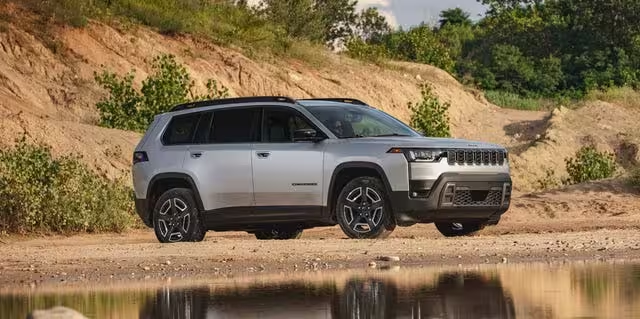
Powertrain: A New Hybrid Heart Under the Hood
The Cherokee’s hybrid system pairs a turbocharged 1.6-liter four-cylinder gasoline engine with two electric motors. The internal-combustion unit is rated at about 177 horsepower and 221 pound-feet of torque and traces its lineage to a third-generation engine that originated at Peugeot and has been refined over more than a decade. It runs on regular 87-octane fuel and will be assembled at Stellantis’s propulsion plant in Dundee, Michigan.
Combined output from the gasoline engine and both electric motors is rated at around 210 horsepower and 230 pound-feet of torque. The system uses a power-split arrangement—similar in overall strategy to other hybrid CVT-like setups—allowing the gas engine and electric drive to adapt the effective gear ratio for efficiency and smoothness. Jeep estimates the lithium-ion battery pack has roughly 0.5 kWh of usable energy and uses a 400-volt electrical architecture. Electric motors are sourced offshore from a supplier Jeep did not name, while the battery cells come from a U.S.-based partner. Final assembly for the propulsion system takes place in Dundee, Michigan.
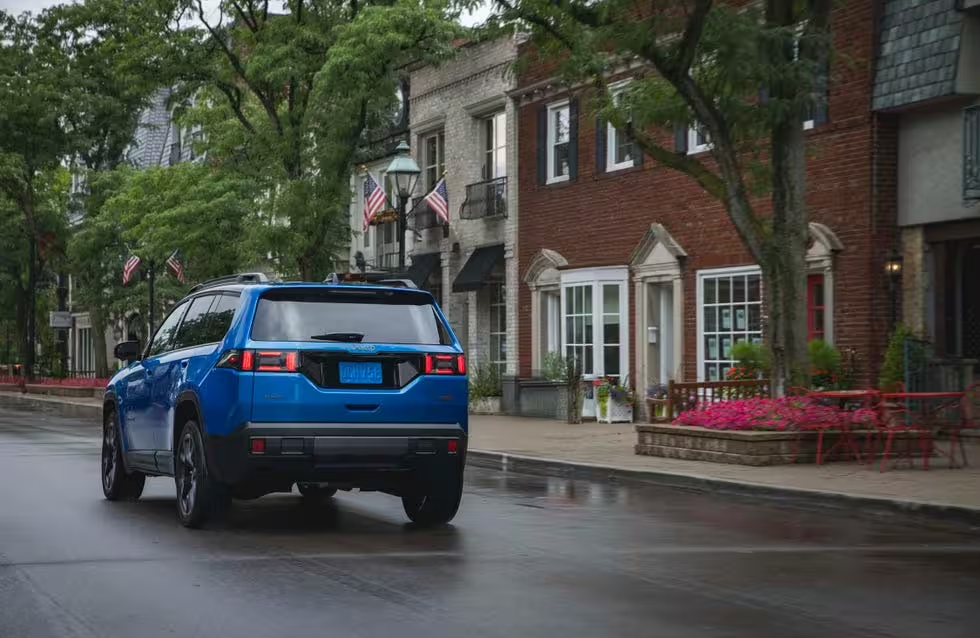
Drivetrain Behavior and Drive Modes
There is no traditional low-range transfer case available. In standard operation the Cherokee functions as a front-wheel-drive vehicle with the rear axle disconnected to improve fuel economy, but it can transfer torque quickly to the rear to achieve an approximate 50/50 front/rear distribution when conditions demand. Locking axles are not currently offered. Drivers can choose from four drive modes—Auto, Sport, Snow, and Sand/Mud—to tailor torque distribution, throttle response, and stability systems for various surfaces and driving styles.
Off-Road Ability and Towing
Jeep engineers equipped the Cherokee with respectable clearance and approach/departure geometry for the segment: 8.0 inches of ground clearance, a 19.6-degree approach angle, a 29.4-degree departure angle, and an 18.8-degree break-over angle. That geometry allows for light to moderate off-road outings, though hardcore overlanding fans will likely wait for a promised Trail Rated variant before attempting serious rock crawling or extended remote excursions.
Towing capability maxes out at 3,500 pounds, according to Jeep. That figure is about 1,000 pounds less than the previous Cherokee’s strongest V-6 configuration but remains competitive for a hybrid crossover in this class. For context, some 2026 compact hybrid SUVs such as specific Toyota RAV4 configurations now approach similar towing figures, while other competitors, like the 2026 Honda CR-V hybrid, rate substantially lower at around 1,000 pounds.
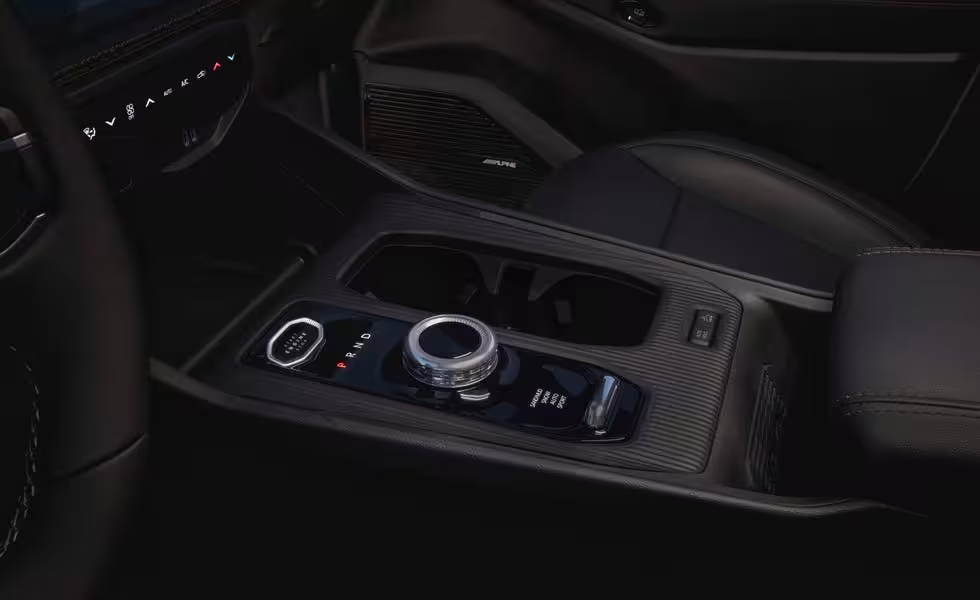
Interior, Technology, and Safety
Jeep emphasized efficiency and value when specifying standard equipment, and the result is a high-tech baseline. Every Cherokee trim includes a 12.3-inch center infotainment touchscreen running Uconnect 5 and a 10.3-inch digital instrument cluster. Standard comfort and convenience features include rain-sensing wipers, a comprehensive suite of safety systems, and advanced driver assistance functions. Among the safety technologies are adaptive cruise control with driver assist, automatic emergency braking with pedestrian and cyclist detection, and blind spot monitoring, giving the Cherokee a modern active safety profile.
Stellantis’ Connect One connected services package comes standard and includes 10 years of over-the-air updates, a Jeep smartphone app for remote functions, and automatic SOS calls. An optional Connect Wi-Fi Plus subscription delivers unlimited data and additional connected services.
Optional equipment across the range includes premium audio systems, ventilated front seats, heated rear seats, a hands-free foot-activated power liftgate, and a variety of camera views such as a 360-degree surround system and front tire-to-curb monitoring to assist parking and low-speed maneuvering.
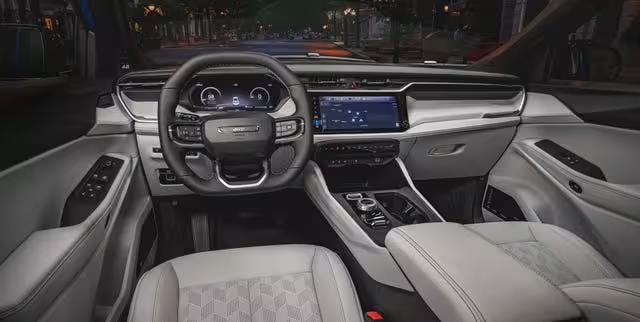
Market Positioning and Competitors
Jeep executives say they re-evaluated the North American midsize crossover market during the Cherokee’s absence to better understand buyers’ priorities. The decision to launch a hybrid-only Cherokee reflects shifting customer demand toward improved fuel economy without sacrificing SUV functionality. The 2026 Cherokee will compete directly with high-volume hybrid crossovers like the Toyota RAV4 Hybrid, which sold in large numbers in recent years, and the CR-V Hybrid and others in the segment. Jeep appears to be betting that brand loyalty, a more modern interior and infotainment suite, practical cargo capacity, and improved fuel economy will attract buyers who want Jeep styling and modest off-road capability without the compromises of a dedicated off-road rig.
Trim Levels, Pricing, and Availability
Jeep will offer the 2026 Cherokee in four trims: Base, Laredo, Limited, and Overland. Manufacturer suggested retail prices start at $36,995 for the base model, $39,995 for the Laredo, $42,495 for the Limited, and $45,995 for the Overland. Jeep plans to begin deliveries of the Limited and Laredo trims in late 2025, with the Base and Overland expected to follow in early 2026.
Who Is the New Cherokee For?
Where the previous-generation Cherokee arrived as a legacy nameplate carrying mixed praise for its aging design, the 2026 Cherokee has been reinterpreted to appeal to a new buyer profile. This customer values efficient hybrid drivetrains, modern infotainment and safety tech, useful roof rails, and the visual cues of a Jeep more than extreme off-road capability. For buyers who want true hardcore off-road performance, Jeep continues to offer Wrangler and Gladiator models purpose-built for trail and rock duty.
Conclusion: A Strategic Shift Toward Efficiency and Practicality
The 2026 Jeep Cherokee represents a clear strategic pivot for the model: a modern hybrid AWD crossover that prioritizes fuel efficiency, interior space, connectivity, and a contemporary Jeep look. While it may not replace the Wrangler as the brand’s most capable trail machine, the Cherokee aims to be a compelling choice for buyers who want Jeep character and everyday versatility with much-improved economy. With competitive towing and cargo capacity, modern driver aids, and a refreshed design, the 2026 Cherokee is positioned to re-enter the midsize SUV market as a more mainstream, efficiency-focused contender.
Source: caranddriver

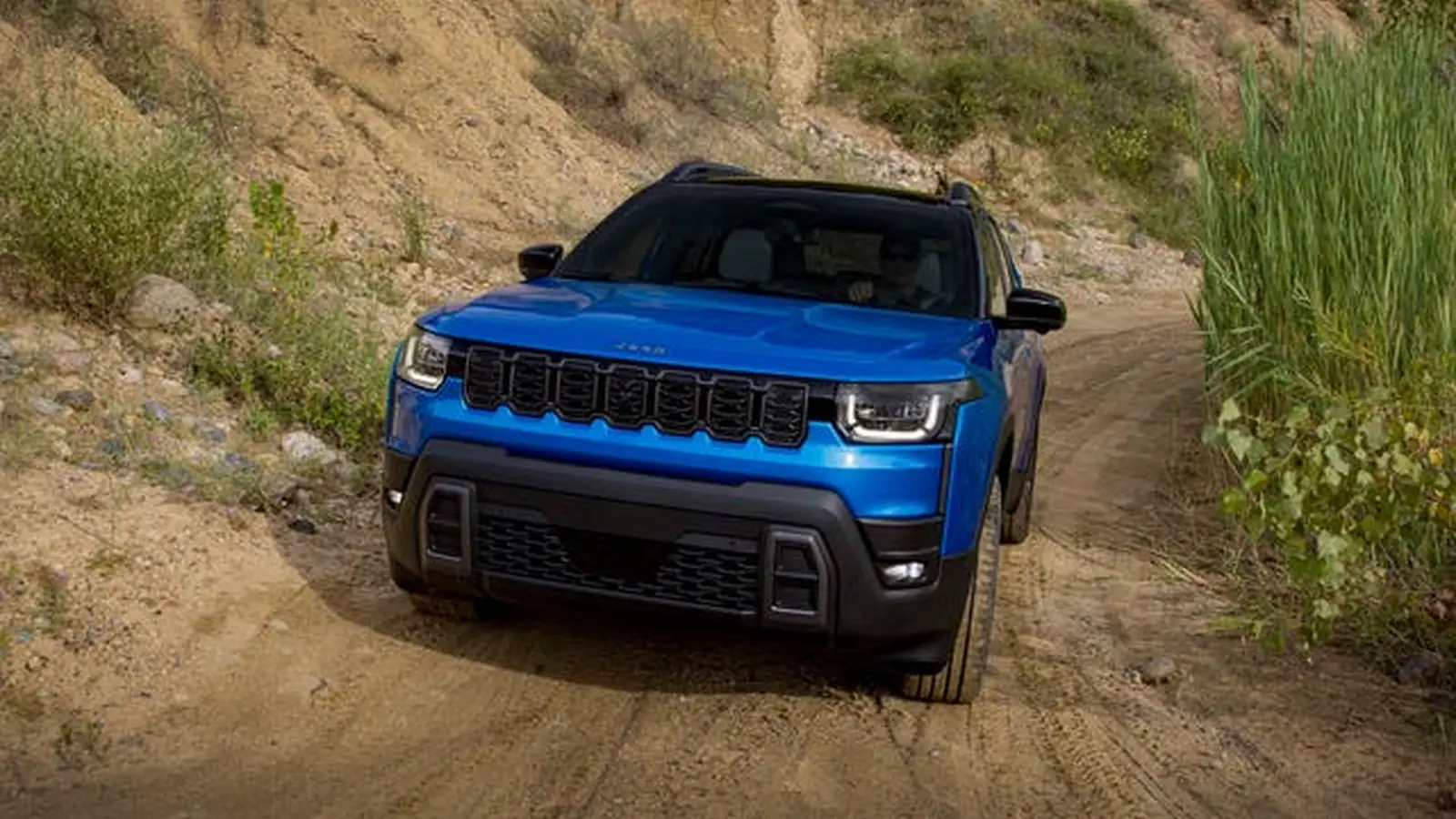
Leave a Comment